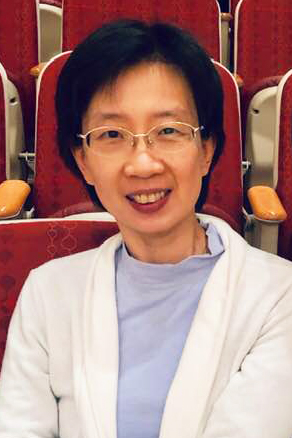
Elevate your art education career with our M.A. degree. Tailored for those with a background in art education, our program offers a focused competence in the visual arts, along with an in-depth understanding of the history and current issues of the field of art education. With a curriculum that includes quantitative, qualitative, mixed-methods, and arts-based research approaches, you'll develop the skills you need to become a leader in your field.






